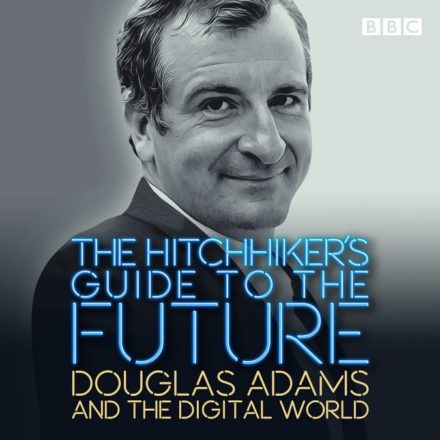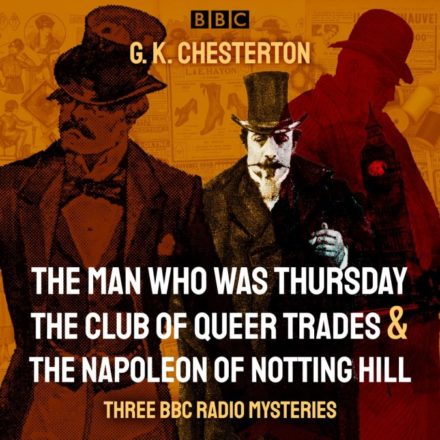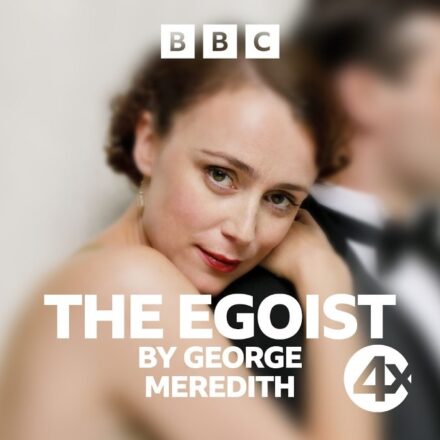Members get information about when streams/downloads become available, as well as accessing podcast RSS feeds for freely-available content to make listening to great shows a breeze, Register Here
“2001: A Space Odyssey” is a 1968 science fiction novel by British writer Arthur C Clarke. It was developed concurrently with Stanley Kubrick’s film version and published after the release of the film. Clarke and Kubrick worked on the book together, but eventually only Clarke ended up as the official author. The story is based in part on various short stories by Clarke, including “The Sentinel” (written in 1948 for a BBC competition, but first published in 1951 under the title “Sentinel of Eternity”).
Plot: A rare and never before seen alien race uses a tool with the appearance of a large crystalline monolith to investigate worlds across the galaxy and, if possible, to encourage the development of intelligent life. The book shows one such monolith appearing in prehistoric Africa, 3 million years BC, where it inspires a starving group of hominids to develop tools. The ape-men use their tools to kill animals and eat meat, ending their starvation. They then use the tools to kill a leopard preying on them; the next day, the main ape character, Moon-Watcher, uses a club to kill the leader of a rival tribe. The book suggests that the monolith was instrumental in awakening intelligence.
In AD 1999, Dr Heywood Floyd flies to the Moon’s Clavius Base, where a scientist explains that they have found an electric magnetic disturbance, designated Tycho Magnetic Anomaly One (or TMA-1), in the crater Tycho. Excavation has revealed a large black slab, precisely fashioned to a ratio of 1:4:9, and therefore believed to be the work of intelligent life.
Visiting TMA-1, Floyd and others arrive just as sunlight falls upon it for the first time since it was uncovered. It emits a piercing radio transmission which the scientists determine is directed at one of the moons of Saturn, Japetus….
Episode List
- Episode 1
- Episode 2
- Episode 3
- Episode 4
- Episode 5
- Episode 6
- Episode 7




![Monty Python [9] The Meaning of Life](https://www.dimsdale.co.uk/wp-content/uploads/mp9tmol-440x440.jpg)













